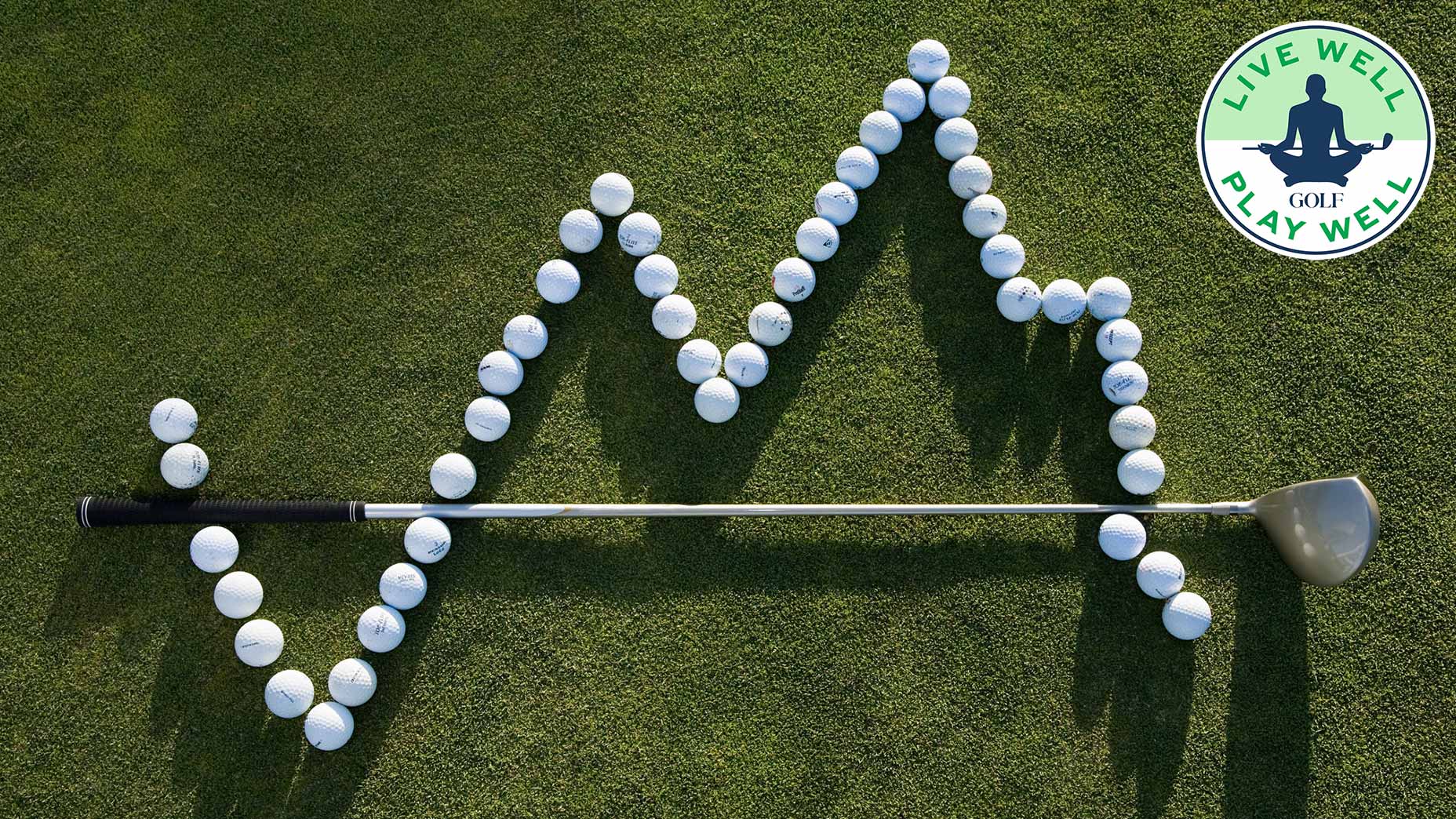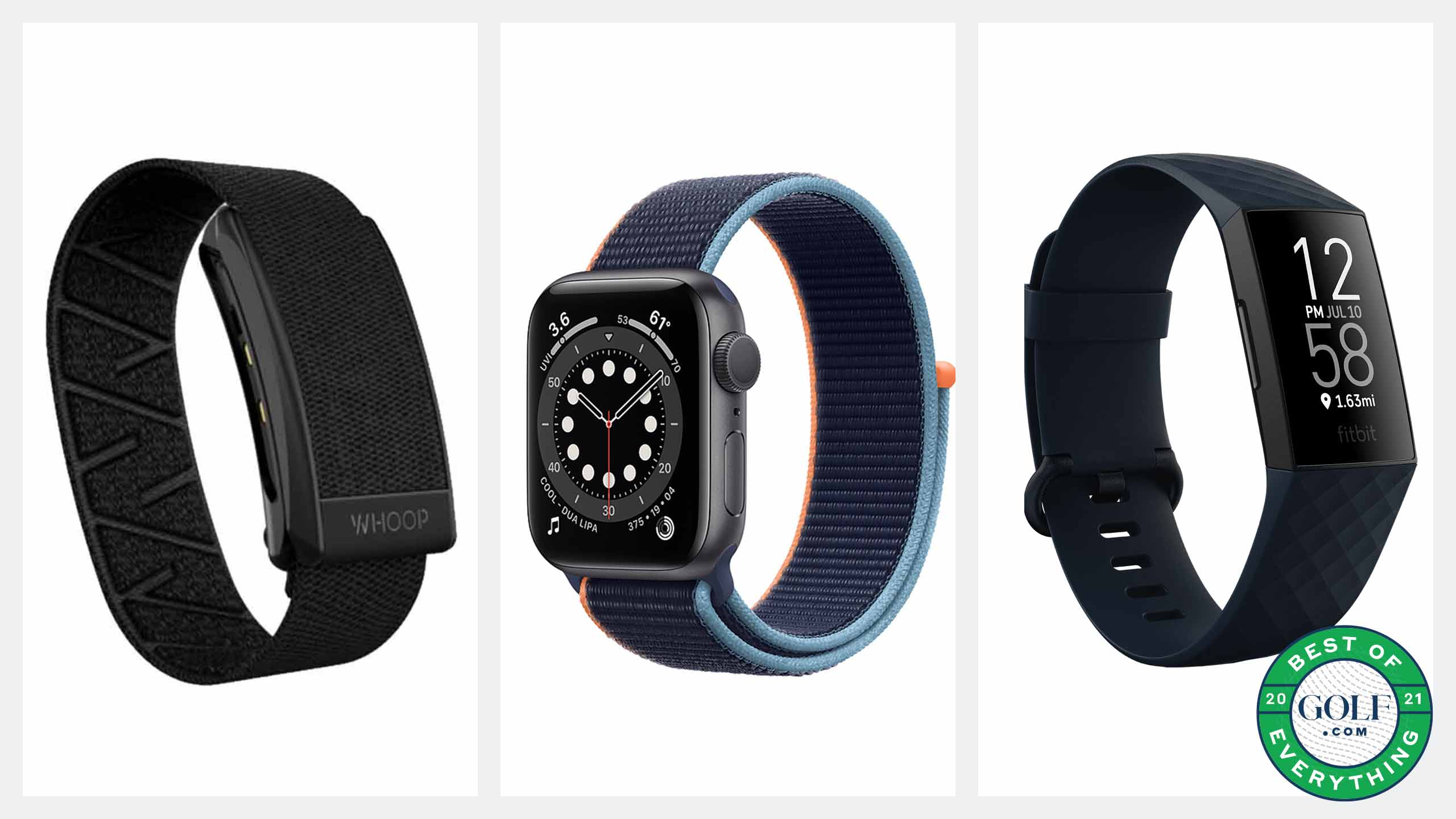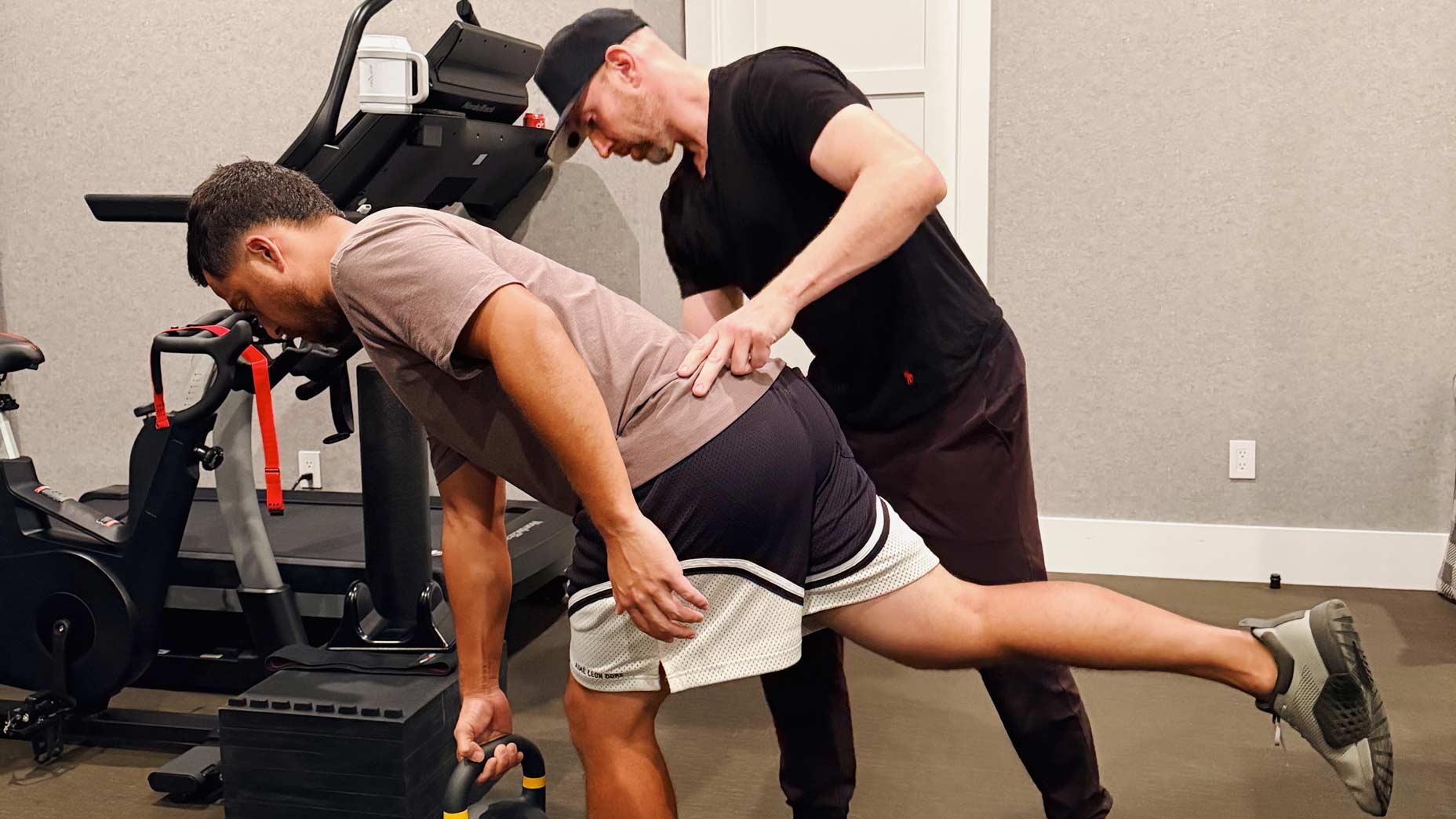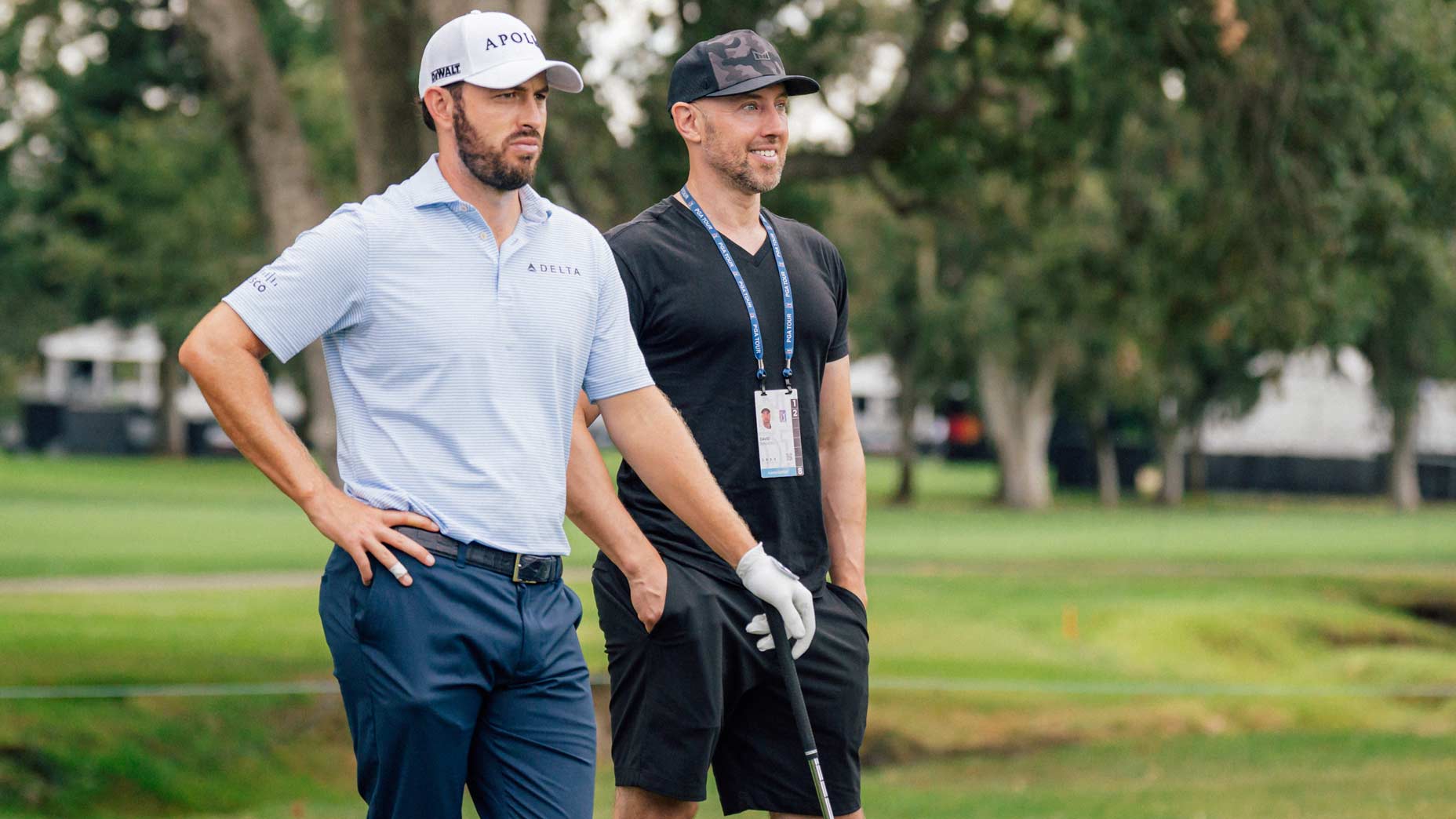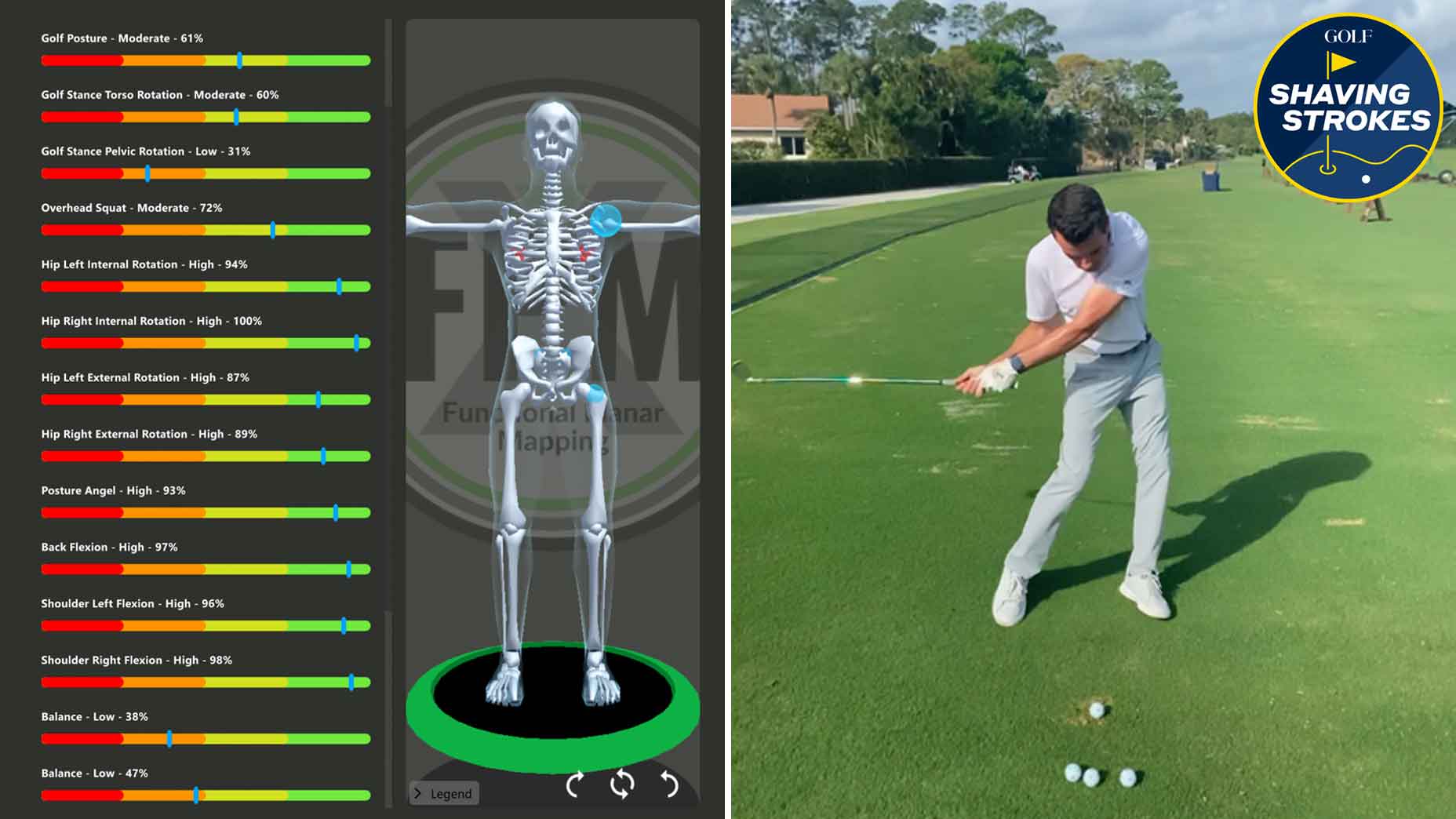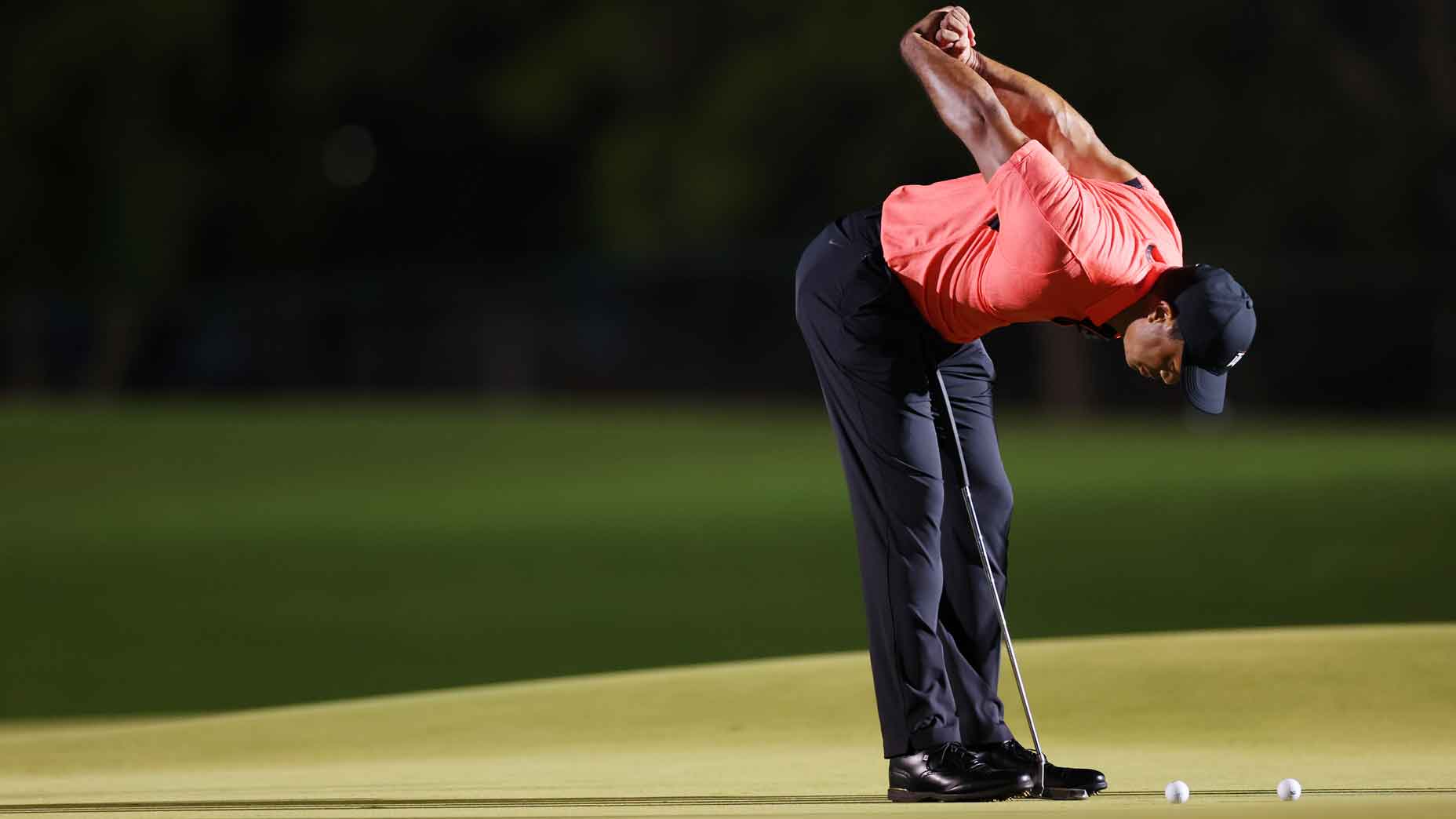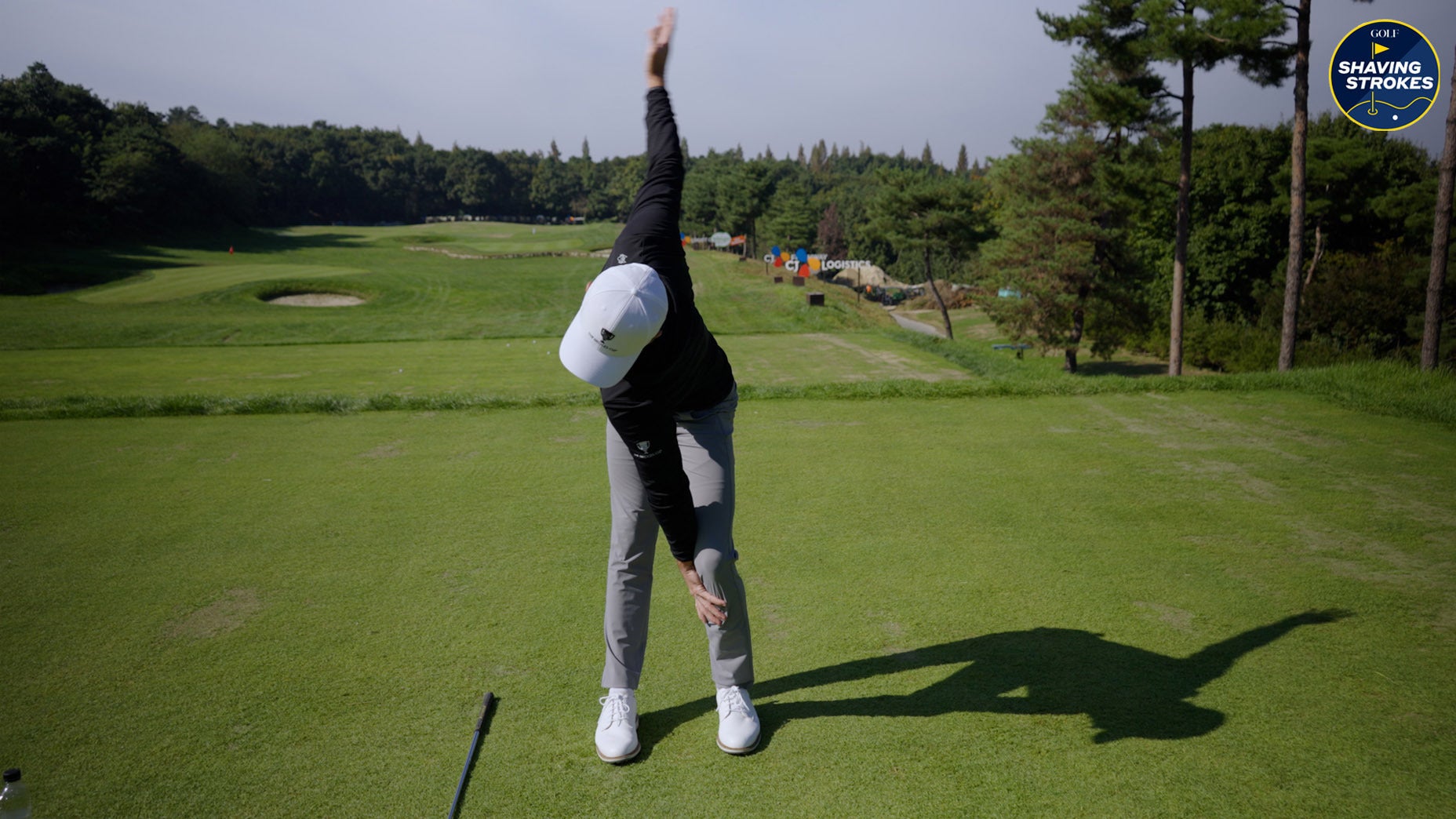As amateur golfers, we’d love to play like the pros. There’s no doubt that you would trade your banana slice for Dustin Johnson’s penetrating 300-yard drive down the middle of the fairway or Collin Morikawa’s impeccable ball striking in a heartbeat.
Unfortunately, we have limiting factors — be they physical ability, money, time or something else. But that doesn’t mean we can’t adopt a few things the Tour pros do to stay in shape in our own lives.
For one, Tour players, and other professional athletes, are now tracking their Heart Rate Variability (HRV) to help them measure their recovery and peak at the right times on the course.
In fact, Bryson DeChambeau’s brain training guru and Vice President of Performance Programs at Neuropeak Pro, Nick Bolhuis, says it’s one of the best ways to measure your overall health.
“Heart rate variability is one of the best indicators for your overall health,” Bolhuis said. “The higher your HRV, the more flexibility in your overall heart health. It’s a good general health metric.”
What is HRV?
If you’re unfamiliar with HRV, it’s the variance in time between the beats of your heart.
For example, if your heart rate is 60 beats per minute, that doesn’t actually mean your heart is beating once every second. During that one minute span, there may be 0.9 seconds between two beats and 1.2 seconds between two other beats. The larger this variability is, the more likely your body is to be recovered and ready to perform at a high level on the course.
This is because HRV is a result of your parasympathetic (deactivating) nervous system and sympathetic (activating) nervous system simultaneously sending signals to your heart.
Best of: 5 fitness trackers to help you make gains this golf seasonBy: Rachel Bleier
Why is HRV a sign of fitness?
Having high HRV means your body is responding to both the inputs from your parasympathetic and sympathetic nervous system. Essentially, it’s a sign that your nervous system is balanced and that your body is ready to adapt to its environment and perform at a high level.
Low HRV, however, means that one branch of your nervous system is dominant and sending stronger signals to your heart than the other. Sometimes this can be a good thing, like when you’re swinging a golf club and you want your body to allocate its resources to your arms and legs rather than to digesting the snack you ate at the turn.
The catch here is that if you’re not doing something active, low HRV means your body is working hard for a different reason. If you’re fatigued, dehydrated, stressed, or sick, your body will use its resources to rest and recover, meaning it has less resources to allocate toward playing 18 holes.
A lot of factors can influence HRV from your workout regimen to your lifestyle to biological factors.
How do you improve HRV?
Improving your HRV and living a healthy lifestyle are one and the same, so even if you’re not tracking this important health metric, making better choices will help you feel and play better on the course.
Simply making better choices like staying hydrated, avoiding alcohol, eating a consistently healthy diet and getting quality sleep will all help you improve HRV over time.
More importantly, doing these things will help you feel better, and you might even shoot lower scores as a result.
